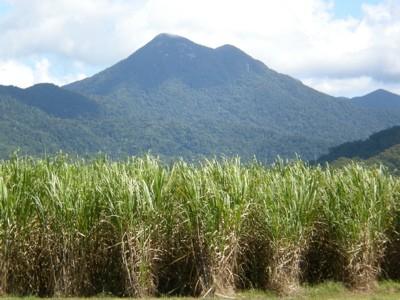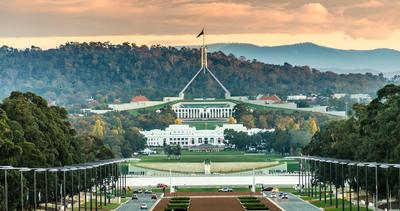Weekly Cattle Sales Update: Floods Impact Cattle Slaughter Numbers And Prices

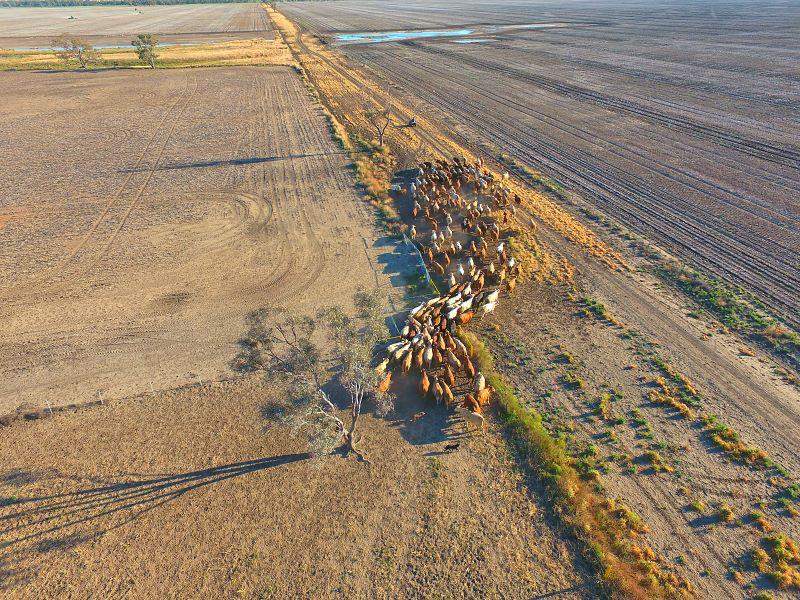
Prices Go Sideways In February, Supply Increase Expected In March
National trade steer prices continued to track sideways in February, up 1 per cent month-on-month and but still 21 per cent above year-ago levels, according to Elders March 2022 cattle update.
Looking ahead, Elders says supply is expected to increase in March, however it notes there is a lot to play out in flood-affected regions of Queensland and NSW.
“Stock losses, road closures and processor disruptions are all factors which will play on prices this month,” it says.
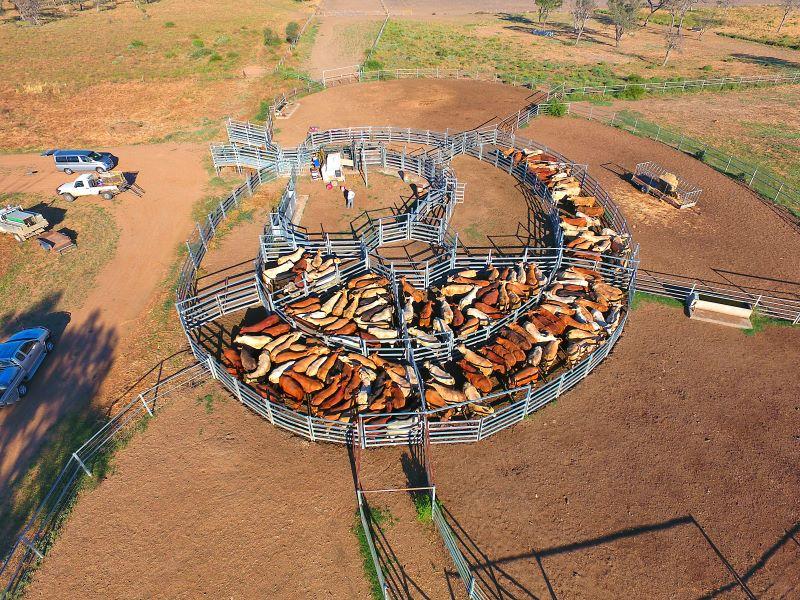
At a state level, trade steer prices were relatively stable compared to last month, with NSW recording an 8 per cent decline, while other states registered low single-digit movements.
“Longer-term forecasts released by ABARES this week suggest that cattle prices will buckle under the weight of increasing calf numbers. An average sale yard price of 789c/kg LWT is forecast for this financial year, decreasing to 711c/kg LWT in 2022/23,” Elders notes.
In South Australia Elders reports strong cattle market conditions, although it has seen some fluctuations in pricing.
“Recent store sales such as Strathalbyn saw feeder steers increase in price when compared to heifers,” says Damien Webb, Elders Livestock Manager, northern South Australia.
“Supply of cattle from the northern pastoral areas of SA and NT/Alice Springs remains low, given the significant rainfall in January throughout the north. This trend is likely to remain with graziers capitalising on an abundance of feed.
“Heading into autumn, confidence is at a good level in the north of the state, yet understandably a bit wary in the south where the season remains dry. An early break to the season could see this turn around quite quickly down south.”
With the 2022 bull season kicking off early February, Elders expects to see increases in prices, with average prices up $3-5,000 on last year as commercial beef prices rise to an all-time high.
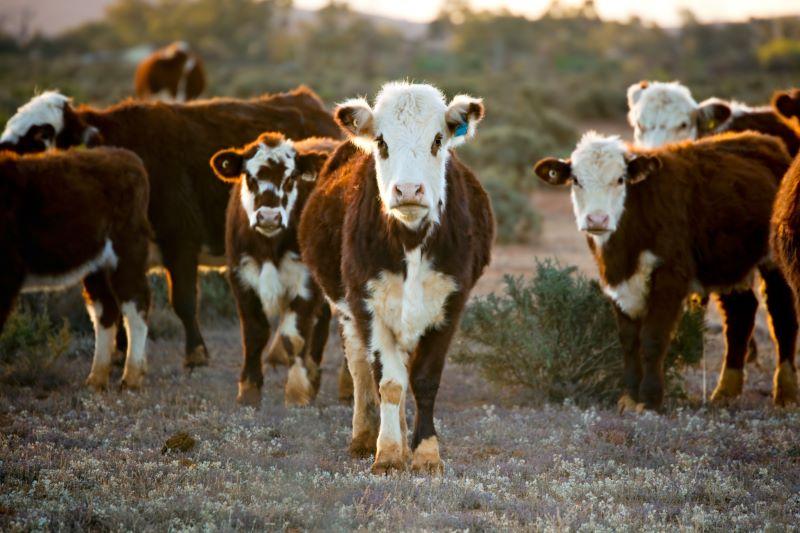
“The reason for this increase is that the commercial buyers are now willing (and able) to pay more for a bull. An old rule of thumb suggests a buyer would pay up to the cost of eight-10 calves for a bull. We have seen calf prices rise, and not too long ago we saw a young steer calf selling for $500 at the Strathalbyn market. Now, those same calves are reaching $2,000+,” Tom Penna, Elders Stud Stock Marketing Manager, South Australia, points out.
“Top results for the season so far include Woonalee Simmental to a top of $55,000, Allendale & Days Whiteface Poll Hereford to a top of $52,000 and Mandayen Angus to a top of $40,000.
“SA have more bull sales throughout March, with a strong shorthorn yarding still to come.”
In Queensland, Elders says store stock livestock prices continue to rise as supply remains flat.
“Heavy feeder prices have generally held stable over the past few weeks as those numbers start to increase. There are indications that the first-round muster in the north has begun as the wet season reaches a close, with the season described as patchy,” says Paul Holm, Elders Livestock Manager Queensland and NT.
“Confidence levels are still very high; for processors and feedlots the supply should increase as the selling season kicks away properly, and for producers the season although patchy has provided adequate feed levels in the paddock which indicate that there won’t be a full-on rush to the gate.”
Meanwhile, Meat & Livestock Australia (MLA) – in its weekly cattle and sheep market wrap issued March 10 – reports cattle slaughter numbers were down week-on-week by 14.75 per cent. It notes reporting has been delayed due to flood and rain events across the eastern states of Australia.
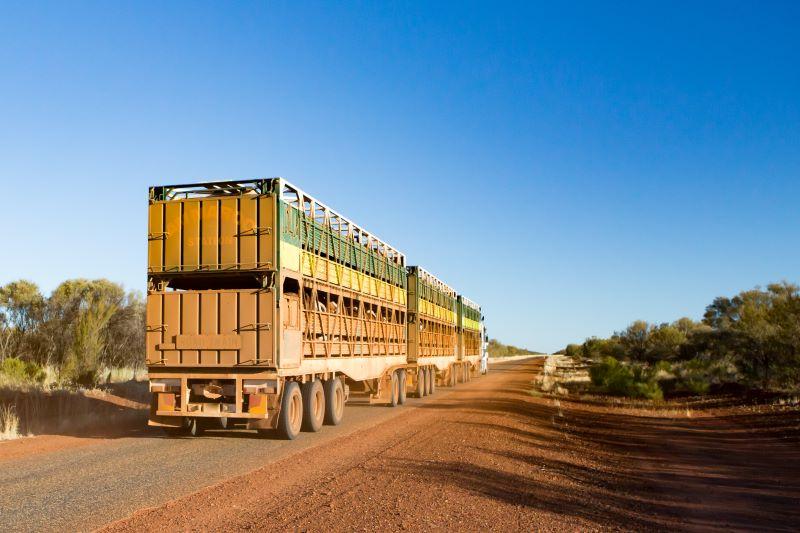
“Major flooding in key cattle processor regions of northern NSW and south-east Queensland has had detrimental effects on plants, impacting overall processor capacity, their ability to access staff, and other issues. These impacts are contributing to the week-on-week softening of national cattle slaughter volumes,” it adds.
MLA says the Eastern Young Cattle Indicator (EYCI) fell to start the week due to softer yardings driven by widespread rainfall and flooding in NSW and Queensland.
The indicator then recovered 8c on Wednesday by a return to traditional seasonal yardings for Dalby in Queensland, it notes.
“Less-affected areas also have reduced yardings as they maintain re-stocker intentions off the back of favourable rain events over the past week,” MLA reports.
The Western Young Cattle Indicator (WYCI) performed strongly in the previous week, it says, with re-stocker and feeder buyers equally accounting for cattle.
“Overnight, the indicator price fell following the inclusion of the traditionally softer Muchea sale held on Tuesdays,” MLA says.
“Wagga Wagga feeder steer yardings improved by seven per cent week-on-week as its price softened on improved supply. Roma’s feeder steer price continued to perform strongly, recording a 23c/kg LWT or seven per cent premium to the national indicator.
“The Singleton cattle sale did not operate this week due to flooding and inundation of roads around the region.”

